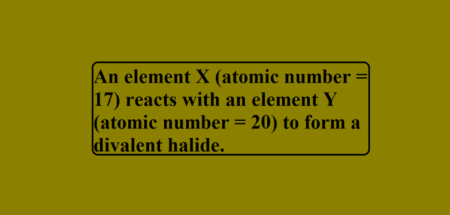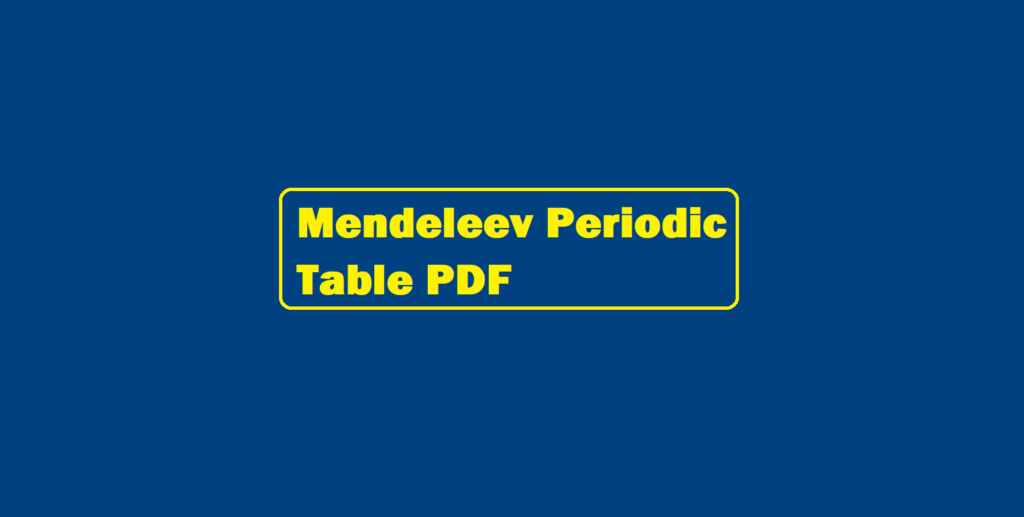Chemistry Balancing Chemical Equations Practice
Balanced Equation
A balanced equation is one in which the number of atoms on the reactant and product sides is equal.
Or
A number of atoms of an element on the reactant side = number of atoms of that element on the product side.
- The simple form of representation of a chemical reaction in words is known as a word equation.
- Magnesium + Oxygen ———–> Magnesium Oxide
- Representation of a chemical reaction with the help of chemical formula is called a chemical equation.
- 2Mg + O2→ 2MgO
Chemistry Balancing Chemical Equations Practice
Writing Chemical Equations
- In a chemical reaction, the reactants are written on the left hand side and the products on the right hand side of the equation.
- An arrow (→) pointing towards the products is inserted between the reactants and the products. It also represents the direction of the reaction.
- A single arrow (→) indicates the direction in which the reaction proceeds.
- A double arrow( ↔ ) indicates a reversible reaction, i.e. the products recombine to form the reactants.
- A plus sign (+) is inserted between two or more reactants or products formed.
- If reactions are carried out under specific conditions of temperature, pressure, catalyst etc., then these conditions are mentioned on the arrow.
- The chemical equation can be made more informative by mentioning the physical states of the reactants and products.
- If gas is liberated as a product then it is represented by an arrow pointing upwards (↑). If the product formed is in the form of a precipitate, it is represented by an arrow pointing downwards (↓).
Also Read : Chemical Reactions And Equations Notes Part 1 | Class 10th
Steps Involved in Chemistry Balancing Chemical Equations Practice
Consider the chemical reaction between magnesium and oxygen to understand the steps involved in balancing a chemical equation.
Step 1
Let us first write the word equation for this reaction. Magnesium + Oxygen→Magnesium oxide
Step 2
Write the chemical equation for the reaction between magnesium and oxygen.
Mg + O2 → MgO
Step 3
Count the number atoms of an element occurring on both L.H.S. and R.H.S. in this equation.
Mg + O2 → MgO
| Component | Reactant | Product |
| Magnesium | 1 | 1 |
| Oxygen | 2 | 1 |
This is an unbalanced equation.
Step 4
To balance a chemical equation, first draw boxes around each formula. Do not change anything inside the boxes while balancing the equation.

- Choose a reactant or a product which has the maximum number of atoms in it. In that compound, select the element which has the maximum number of atoms. In this equation we shall select MgO i.e. magnesium oxide and the element oxygen in it.
- To balance the oxygen atoms, let us multiply magnesium oxide molecule by 2 on the right hand side. The equation can now be expressed as,

| Component | Reactant | Product |
| Magnesium | 1 | 1 x2 = 2 |
| Oxygen | 2 | 1 x 2 = 2 |
Step 5
There are two oxygen atoms on either side of the equation but one magnesium atom on the reactant’s side and two on the product’s side. Therefore, multiply the magnesium atom by 2 on the left hand side.
| Component | Reactant | Product |
| Magnesium | 1 x 2 = 2 | 2 |
| Oxygen | 2 | 2 |
Balanced equation is,

The number of atoms of each element of reactants = The number of atoms of each element of products
Step 6
Writing Specific Conditions on the Arrow

The reaction is carried out in the presence of ‘Heat’. On heating, magnesium combines with oxygen present in air to form magnesium oxide.
Step 7
Writing Symbols of Physical States

Using these steps, you can balance any chemical equation.
Chemistry Balancing Chemical Equations Practice :
Que1. Why we need to balance a chemical equation?
Que2. Balance the following equations:
i) Fe + H2O —–> Fe2O3 + H2
ii) Zn + HNO3 ——> Zn(NO3)2 + H2O + NO2
iii) NaHCO3 ——> Na2CO3 + H2O + CO2

